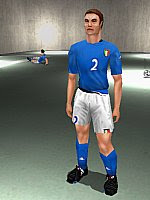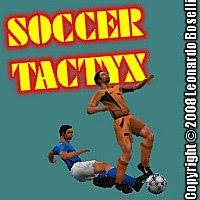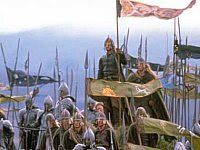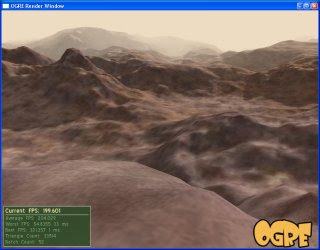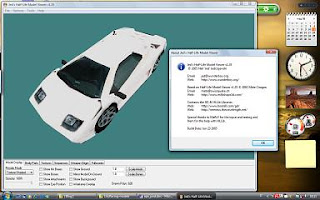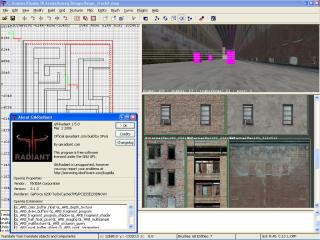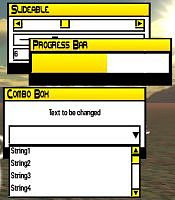 After a week, the poll is already giving interesting indications. I asked the visitors to choose among different backgrounds for the new role-playing game that I want to develop. There are a lot of possibilities, from the Galactic Empire to the Ancient Egypt, but the choice seems already restricted between the Ancient Japan and the Middle Earth options, the latter prevailing. In particular the most ancient backgrounds, from King Arthur down, are almost ignored, while most recent ones share almost the same preferences.
After a week, the poll is already giving interesting indications. I asked the visitors to choose among different backgrounds for the new role-playing game that I want to develop. There are a lot of possibilities, from the Galactic Empire to the Ancient Egypt, but the choice seems already restricted between the Ancient Japan and the Middle Earth options, the latter prevailing. In particular the most ancient backgrounds, from King Arthur down, are almost ignored, while most recent ones share almost the same preferences.I can't believe that only orcs, elves, trolls, dwarves and the like, deserve the attention of a CRPG, thus you have still a week to change your mind and choose something different. Of course, you can confirm your preference, but remember that also multiple choices are possible: if you like orcs, but also post-apocalyptic mutants, you can choose both.







